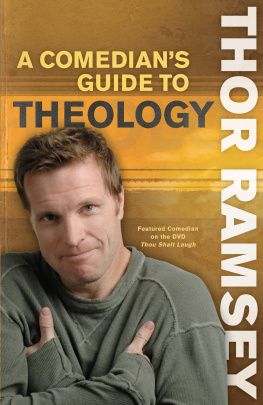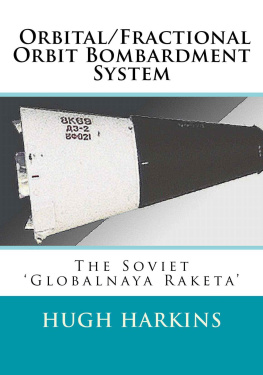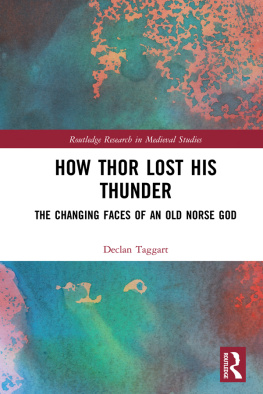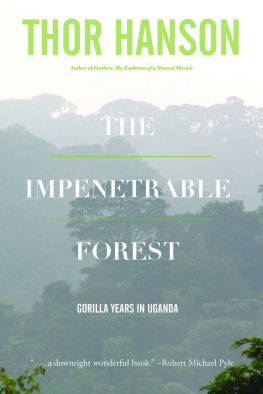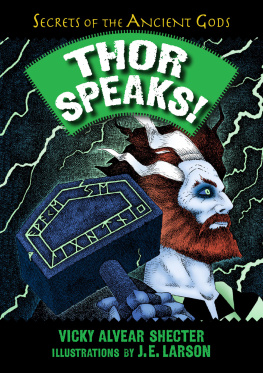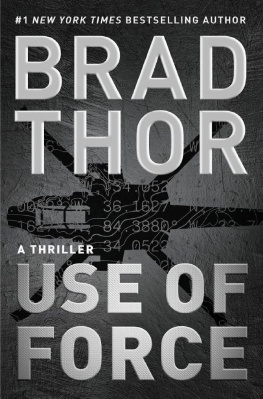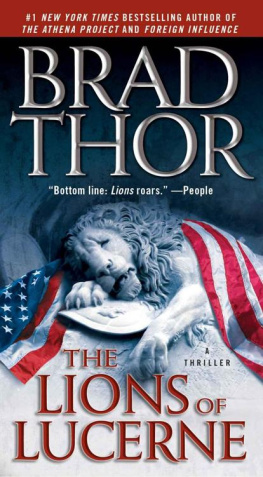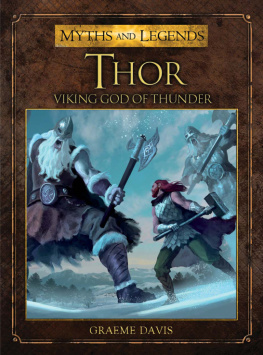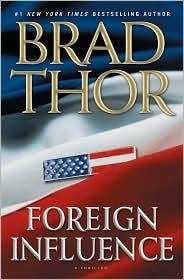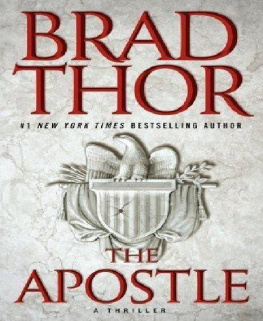

Fonthill Media Language Policy
Fonthill Media publishes in the international English language market. One language edition is published worldwide. As there are minor differences in spelling and presentation, especially with regard to American English and British English, a policy is necessary to define which form of English to use. The Fonthill Policy is to use the form of English native to the author. Geoff Goodchild was born and educated in Lincolnshire; therefore British English has been adopted in this publication.
Fonthill Media Limited
Fonthill Media LLC
www.fonthillmedia.com
First published in the United Kingdom and the United States of America 2016
British Library Cataloguing in Publication Data:
A catalogue record for this book is available from the British Library
Copyright Geoff Goodchild 2016
ISBN 978-1-78155-568-2
The right of Geoff Goodchild to be identified as the author of this work has been asserted by him in accordance with the Copyright, Designs and Patents Act 1988.
All rights reserved. No part of this publication may be reproduced, stored in a retrieval system or transmitted in any form or by any means, electronic, mechanical, photocopying, recording or otherwise, without prior permission in writing from Fonthill Media Limited
Typeset in 10.5pt on 13pt Minion Pro
Printed and bound in England
Acknowledgements
During my research, I have been afforded the great privilege of meeting and communicating with a wide range of Thors peoplefrom those who were in on the ground floor at the secret meetings in the old school house in Inglewood, California (where Thor was conceived), to those who operated and maintained the system with the RAF and USAF. I have found it a deeply humbling experience and have developed a very great respect for all those people who were Thor.
I have received invaluable help from many people who have given freely of their time and resources in assisting me to trace the technical aspects of Thor. Clearly, someone has to be first in the list and someone has to be last; however, all have made a significant contribution to my research. Some have become friends and some are, sadly, no longer with us. To them all, I am deeply grateful.
I am particularly indebted to the late Col. Edward N. Hall, USAF, Thor Project Director, for his help and advice and making introductions on my behalf; the late Col. (Dr) B. P. (Paul) Blasingame, USAF, Head of the Guidance and Control Group, Inglewood, for a rare insight into the days at Inglewood, the competing techniques for Thors guidance system, and making introductions; and the late Mr Paul O. Larson, AC Spark Plug, Chief Engineer, Thor guidance system. Paul was at Inglewood and later in England with Project Emily and went on to work in many projects, including Apollo. He was awarded the Presidential Medal of Freedom for his contribution to the safe return of the Apollo 13 astronauts. Paul gave much of his time, resources, and enthusiasm in helping me to gain something of an understanding of the art of navigating a missile. My appreciation also goes to Lt-Col. Tom Hafner, USAF (Retired) AO 106 (SM) Sqn, later ICBM Force, for his time and very great help with missile systems, launch control, and Thor in general; Sqn Ldr Frank Leatherdale, DFC, RAF (Retired), OC 220 (SM) Sqn, for his great help and advice on all things Thor; Chief Technician W. Bill Roseby, RAF (Retired), 113 (SM) Sqn, for his encyclopaedic knowledge and tireless help with the practical aspects of Thor operations; Sqn Ldr Bill Young, RAF (Retired), OC 82 (SM) Sqn, who provided a very detailed insight into the operational aspects of launching a Thor and very generously presented me with his personal collection of Thor photography; Mr John Birkett of Lincoln for a mine of Thor information and memorabilia; Maj. Rob Leese, USAF, SAF/PAO at the Pentagon, for his very great help with permissions to draw from official sources; and to my eldest son, Tim, who made the chance remark that led to this book being written, for his contribution with his image wizardry, and for being a tireless sounding board, advisor, and researcher.
I am also very grateful for the contributions of Malcolm Leslie, MT Driver (Heavy); Dennis Thomas, Thor Electrical, 98 (SM) Sqn, for his help with things electrical; and Flt Lt Bill Meichan, RAF (Retd), and Flt Lt Roy Matthews, RAF (Retd), both LCOs from 220 (SM) Sqn, consulted on my behalf by Sqn Ldr Leatherdale.
My most grateful thanks go to Col. Charlie Simpson, USAF (Retired), Executive Director, Association of Air Force Missileers and Scott Matson USAF, (Retired), ICBM Force, for effecting introductions; Bill Hunt, Ministry of Defence negative librarian for tirelessly searching the archives; Peter Elliott, RAF Museum, London, for imagery and site plans; Wayne Cocroft of English Heritage for imagery and general Thor information; Mr Morris Poucher, for kindly allowing me access to his Thor site at Bardney in order to make detailed drawings and diagrams; Mr Brian Rice, for access to the Harrington site; Mr David Wilmot-Smith for access to and guiding me around the Breighton Thor and Stage One sites; and to Carol and Jim at the RAF Museum, Cosford, for their help on my recent visit to the Thor exhibit.
Special thanks must go to Joshua Greenland of Fonthill Media for his careful editing and help in seeing this book into print.
Finally, any number of thanks is nowhere near enough of a reward for my long suffering partner Jan and our two sons, Jacob and Sheridan, who have lived most of their lives in not so much of a house as a Thor squadron crew room.
Geoff Goodchild
Northamptonshire, March 2016
Glossary of Terms
| AC | Alternating current. |
| Accelerometer | A mechanical device to measure the acceleration of a body or object. |
| Actuator | A mechanical device, which moves proportionally to the hydraulic effort placed upon it. |
| Altitude | The vertical distance above the earth (usually measured in feet for aeronautical purposes). |
| Amplidyne | An amplifier system that allows small electrical signals to drive very large motors with high precision. See amplifier. |
| Amplifier | A circuit that increases a signals voltage into a higher one so tiny changes can be detected more easily. |
| Angle of Attack or AoA | The angle between the reference line of a missile and the airflow relative to it. |
| Arcminute/Arcsecond | Scientific measurements for extremely small angles: 1 arcminute = 1/60th of a degree; 1 arcsecond = 1/3,600th of a degree. |
| ARL | Army Research Laboratory. |
| Attitude | The position of a missile as determined by the inclination of its axes (roll, pitch, and yaw) in relation to another object, such as the earth. |
| Autopilot | An automated system of flight control. |
| AWMD | Air Ministry Works Directorate. |
| Axis | A line about which an object, device, or system rotates (e.g., X, Y, or Z). |
| BOC | British Oxygen Company. |
| CEA | Control and electronics assemblypart of the missiles flight control system. |
| CEP | Circular error probablemilitary term for the accuracy of a warhead, based on the area in which it will land 50 per cent of the time, with the average being the centre point of the circle. |
Next page

